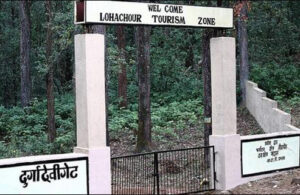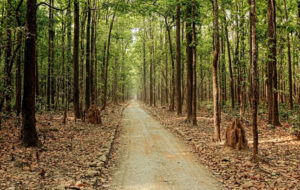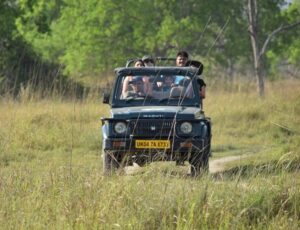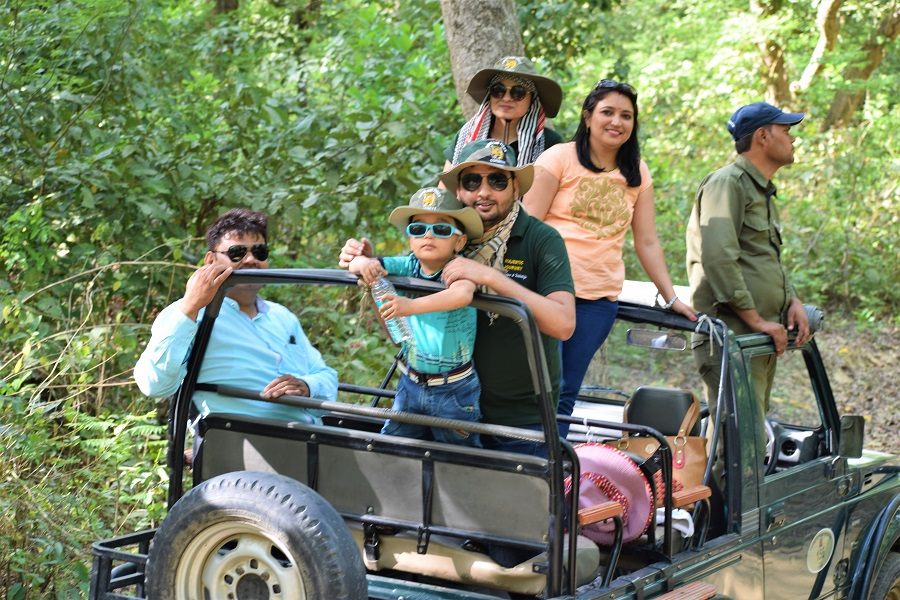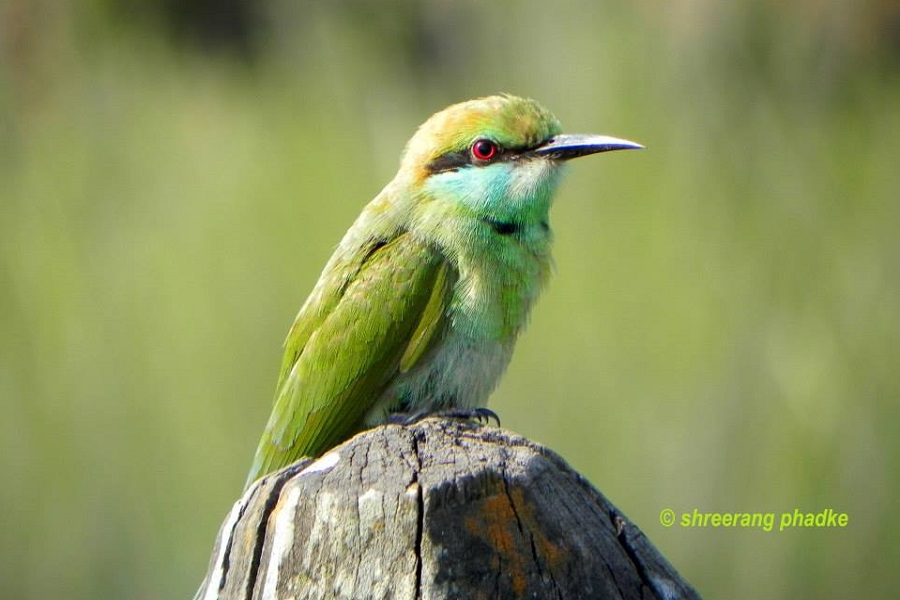Flora and Fauna in Jim Corbett Park
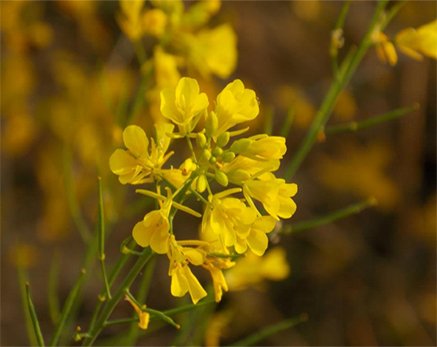
National Parks have their distinct flora which comprises freshwater flora and alpine flora. The prominent alpine flora includes Sal forests, Chaurs, Khair-Sissoo forests, and much more. The river plants on other hand have their own distinctive hierarchy. There are over 600 species of trees, shrubs, herbs, bamboos, grasses, climbers, and ferns in the Jim Corbett National Park.
Trees
Some of the ubiquitous trees in Corbett are Sal, Sissoo, and Khair. Many other species that contribute to the diversity here, are found scattered throughout the park. Pine (Chir) is the only conifer found in the premises of the park and is found on ridge-tops like ChinChoti, though at Gajar Sot, its density becomes quite low. On the elevated levels near Kanda, Banj Oak is easily seen, which is truly a Himalayan species. Prominent Palm species are Date Palms found in open and well-lighted areas. Kanju (Holopteliaintegrifolia), Jamun (Syzygiumcumini), and Aamla (Emblica Officinalis) are seen in the moist areas. Other tree species comprise Bel, Kusum, Mahua, and Bakli.
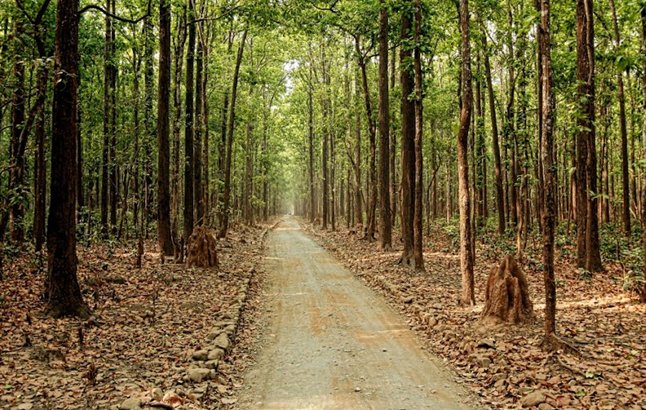
Jim Corbett gets its color tone from the flowering trees, which include Kachnar (Bauhinia variegata) with pink and white flowers, Semal (Bombax ceiba) with big red blooms, Dhak or the Flame-of-the-forest (Butea monosperma) with bright orange flowers, Madaar or Indian Coral (Erythrina Indica) with scarlet red flowers and Amaltas (Cassia fistula) with bright yellow chandelier-like flowers.
Artificially implanted tree species comprise Teak (Tectona grandis), Eucalyptus, Jacaranda, Silver Oak, and Bottlebrush, respectively.
Grasses

There are over 70 known and registered species of grasses in Jim Corbett National Park, which inhabit different regions, especially the Chaurs. The species include Kansi, Themeda Arundinacea, Baib or Bhabar, Narkul, Tiger Grass, Khus Khus, and Spear Grass with conspicuous sharp blades that stick to clothes and easily find an entry to the skin.
Bamboo
Male Bamboo is a prominent species of bamboo inhabiting the Jim Corbett area. The tree has clustered stout stems as well as shining papery stem sheaths. All the bamboo trees flower together and after flowering, fruiting, and seed dispersal, all suffer quietus.
Shrubs
Shrubs dominating the Jim Corbett National Park comprise Ber, which is found in well-lit areas. Maror Phali is also quite a conspicuous shrub to be found in Jim Corbett National Park. Its fruits can be seen in the form of twisted spiraling pods. Karaunda is a shrub that bears pinkish-white flowers and sour fruit and is quite evident under Sal. Hisar shows yellow, juicy, berry-like fruits that are relished by animals. Jhau, on the other hand, has high density along the Ramganga basin growing in sandy or rocky soil.
Fauna in Jim Corbett National Park

One of the well-known species of animals inhabiting Jim Corbett is the Royal Bengal Tiger. It was in the forests of Jim Corbett that India’s tiger conservation program was initiated on 1st April 1973. There was a time when there were many man-eating tigers that dominated the Terai-Bhabar region. However, with a recent decline in the population of tigers, the attacks on tigers have become quite a rare occurrence. Adult tigers could be seen as solitary wanderers to the tourists, whereas tigresses could be spotted with young cubs.
Leopards can be easily located in the hilly areas but can also be seen around in the lowland jungles. The Smaller-size feline population comprises the Jungle Cat, Fishing Cat, and Leopard Cat. Other mammals inhabiting Jim Corbett National park include deer species (Barking, Sambhar, Hogg, and Chital), Sloth bears and Himalayan Black bears, Indian Grey Mongoose, otters, Elephants, Yellow-throated Martens, Ghoral (Goat-Antelopes), Indian Pangolins, and Langur and Rhesus Monkeys. Tourists can also spot Owls and Nightjars during the night. Local crocodiles (along with the banks of the Ram Ganga River) and Indian Python, King Cobra, Common Cobra could also be seen in the Jim Corbett Park.



